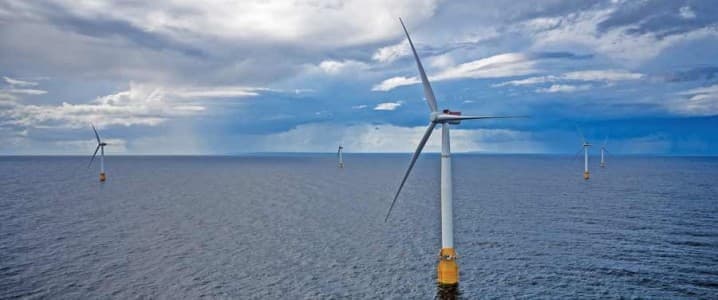The UK government has confirmed it will extend the length of its renewable energy contracts—from 15 years to 20—under the Contracts for Difference (CfD) scheme. This change, confirmed July 15, kicks in with Allocation Round 7 (AR7), opening for bids in August 2025, and applies to solar, onshore wind, offshore wind, and floating offshore wind technologies.
The CfD scheme, the government’s flagship program for supporting low-carbon electricity, offers developers a guaranteed price for the power they generate. By stretching the contract period to 20 years, the UK hopes to lower developers’ cost of capital and—eventually—pass those savings on to consumers. Whether those savings materialize in practice, however, remains to be seen.
According to the Department for Energy Security and Net Zero, longer contracts will help balance the high upfront costs of renewable infrastructure with more predictable, longer-term returns. The government argues this will smooth out the cost curve of the energy transition and help maintain momentum toward its Clean Power 2030 goals, especially as electricity demand balloons in the coming decades.
The change follows industry lobbying and months of consultation, with a majority of developers arguing that 15-year contracts no longer reflected market realities—especially amid volatile power prices, rising interest rates, and growing exposure to negative pricing.
Critically, the government insists that the extended term will not change the indexation metric—payments will remain pegged to the Consumer Price Index (CPI).
Critics of the plan argue that stretching the CfD contracts to 20 years could just be a backdoor subsidy expansion that lock consumers into longer payment periods that might not actually deliver better value. Should wholesale electricity prices drop signfiicantly after year 15 (as many predict), consumers could end up overpaying during the final five years of the contract.
Alongside the contract extension, the AR7 overhaul includes other developer-friendly reforms: floating offshore wind projects will get special budget support, solar PV projects will enjoy a longer commissioning window, and offshore wind bidders no longer need full planning consent to participate—just a 12-month planning track record.
All told, AR7 represents a recalibration of risk, return, and red tape in favor of getting more steel—and solar—in the ground faster. Whether this results in a boom or just another bureaucratic shuffle will depend on how fiercely developers compete when the bids roll in.
By Julianne Geiger for Oilprice.com
More Top Reads From Oilprice.com:

